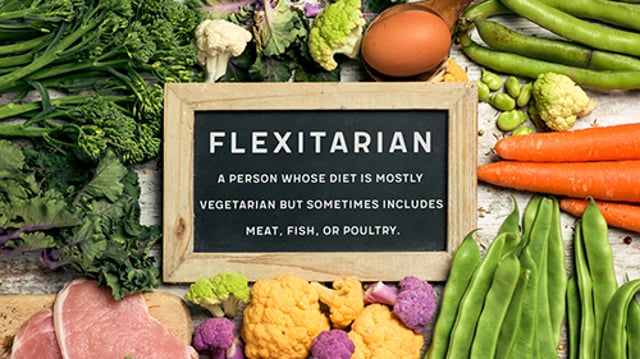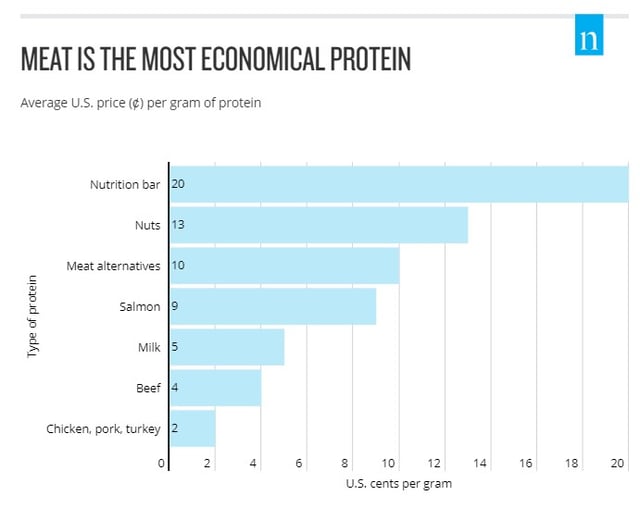Rising Number of Consumers Identify as Flexitarian: Study
Plant-based alternatives won't be the demise of traditional meat, according to new data from Nielsen. The study shows that 98 percent of meat alternative buyers also purchase meat, and they do so more than the average meat buyer.
Flexitarians, defined by Nielsen as medium and heavy buyers of meat and meat alternatives, account for 37 percent of meat-alternative buyers, and they spend $643 on meat every year. The average meat buyer, meanwhile, spends $478 per year.
The percentage of U.S. households buying meat alternatives increased 1.6 percent in the past year, to 21.6 percent.
As for consumers, 62 percent said that they're willing to reduce meat consumption due to environmental concerns, and 43 percent said that they would replace meat-based protein with plant-based protein.
Meat, however, remains the most economical source of protein from a cost perspective. Nielsen found that chicken, pork and turkey cost the least per gram, at 2 cents, well below the 10-cent cost per gram for meat alternatives, 13 cents for nuts and 20 cents for nutrition bars.
The scale of meat alternatives isn't there yet, though. Meat accounted for $95 billion in sales over the past year, whereas meat alternatives are still shy of crossing the billion-dollar mark, coming in at $893 million.






